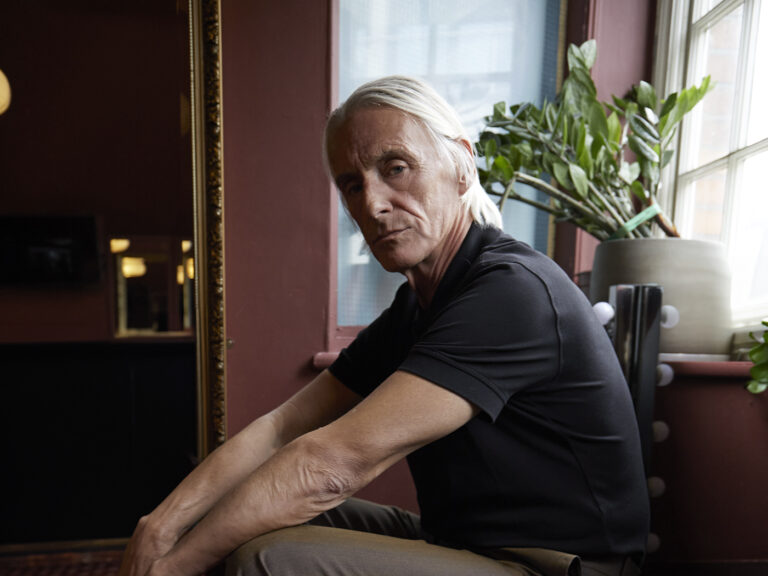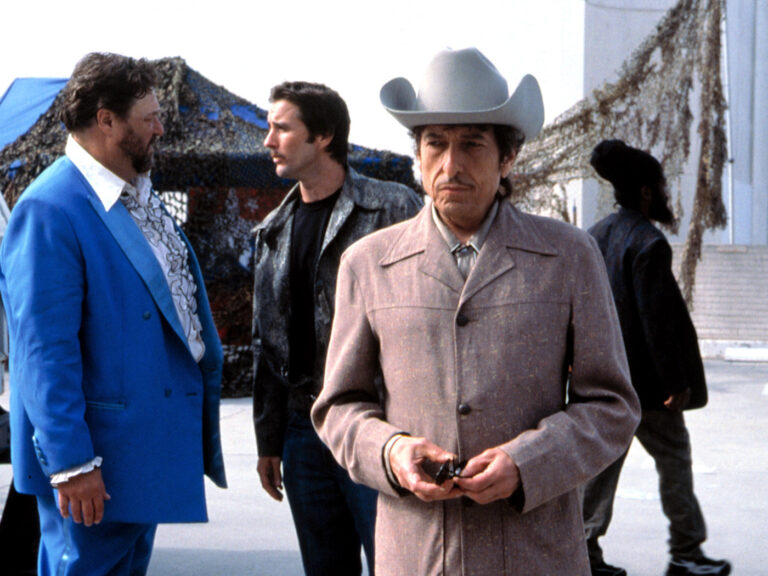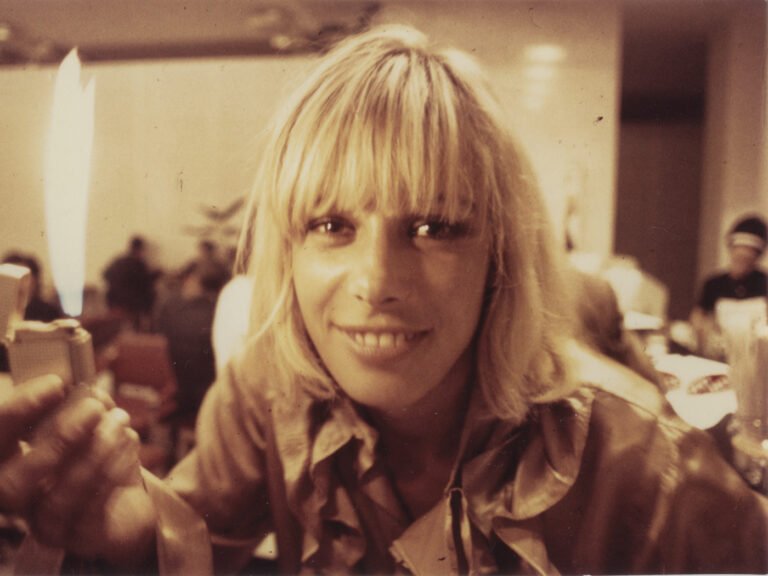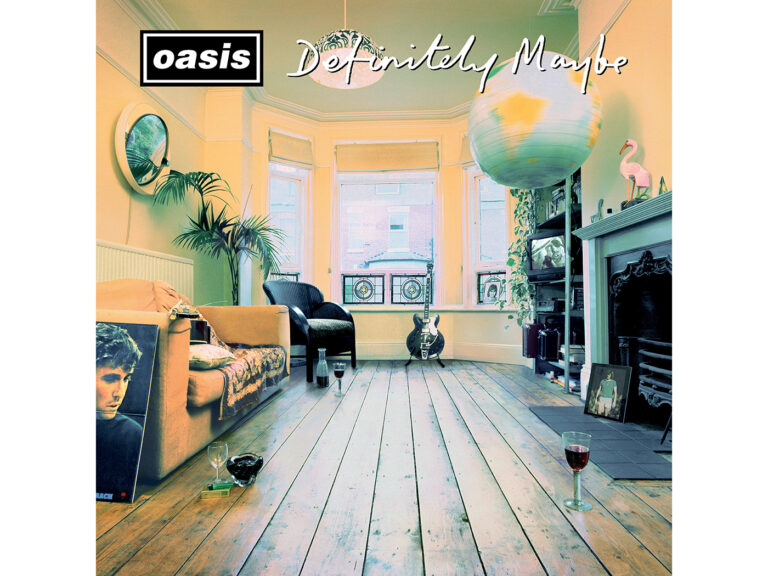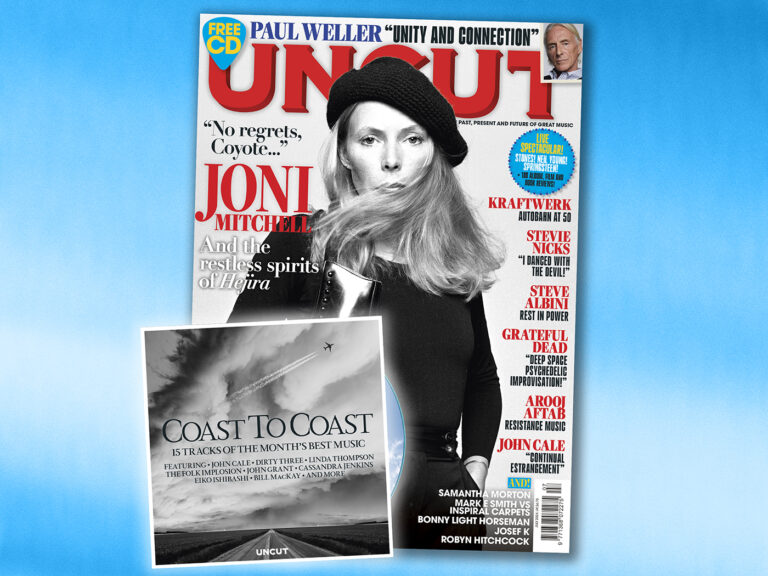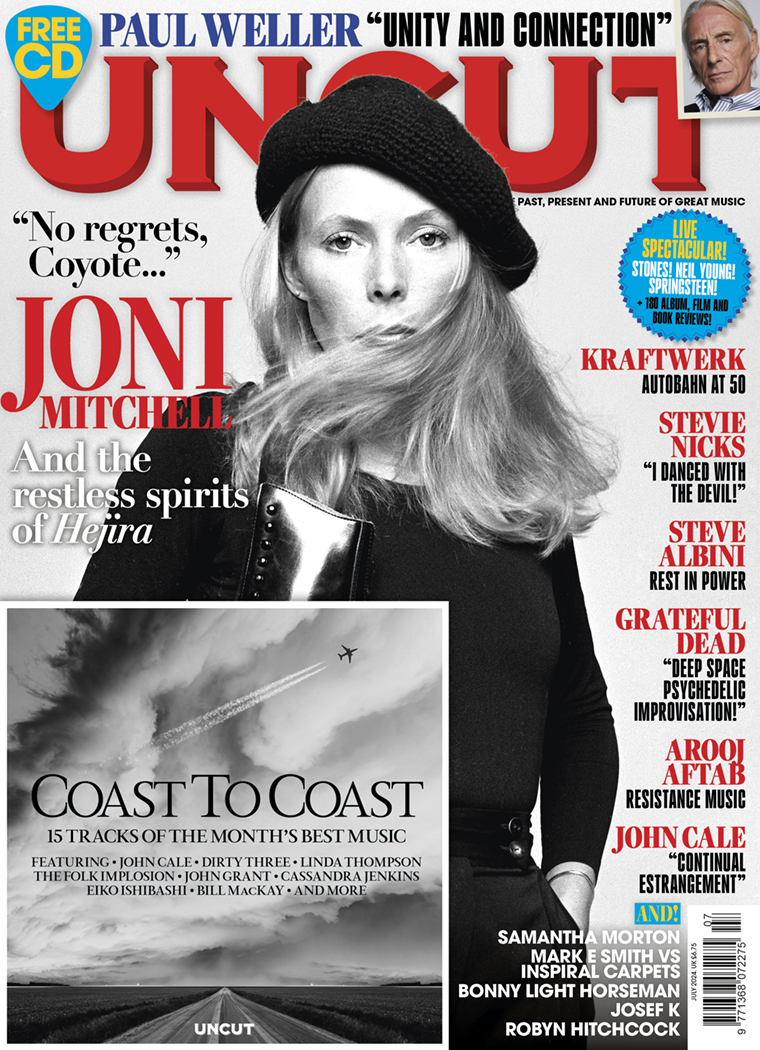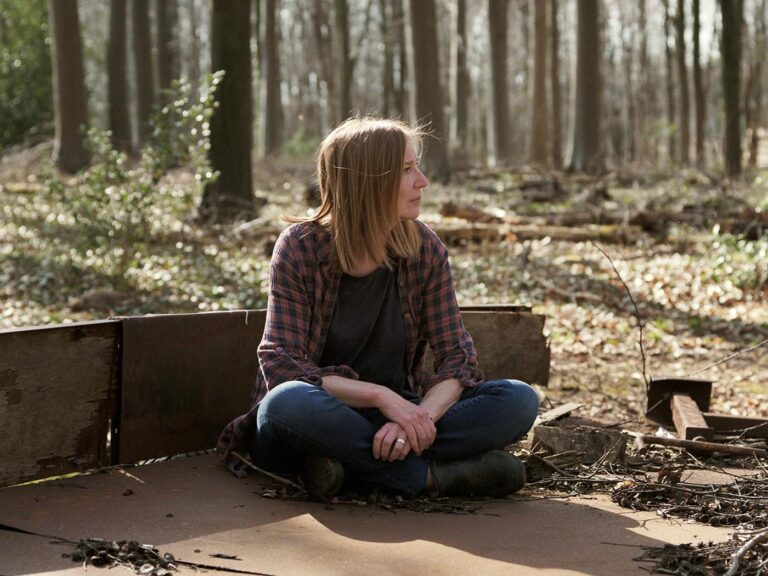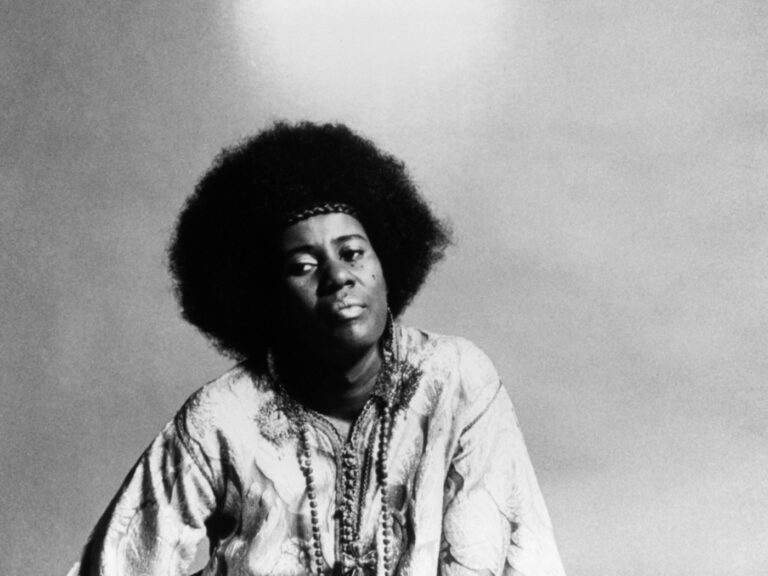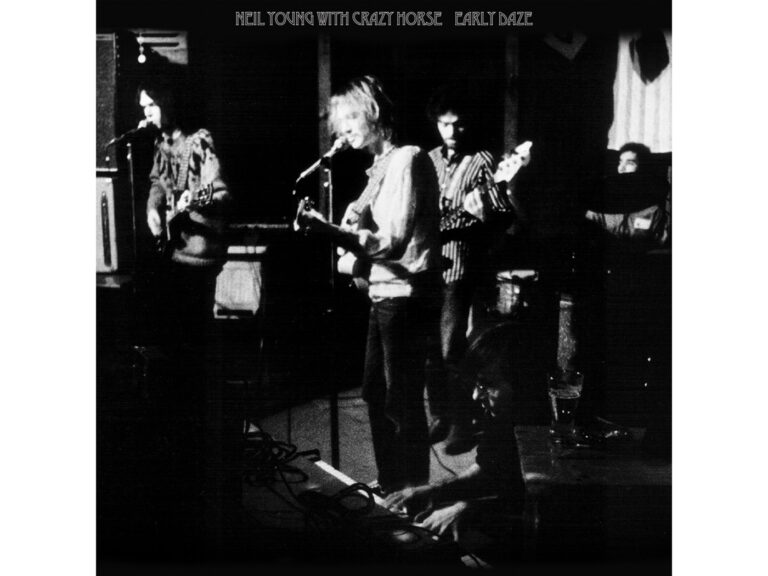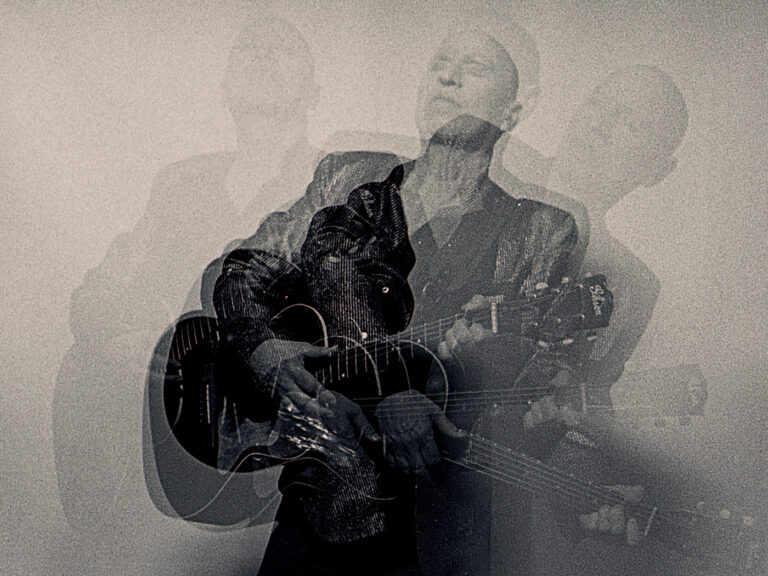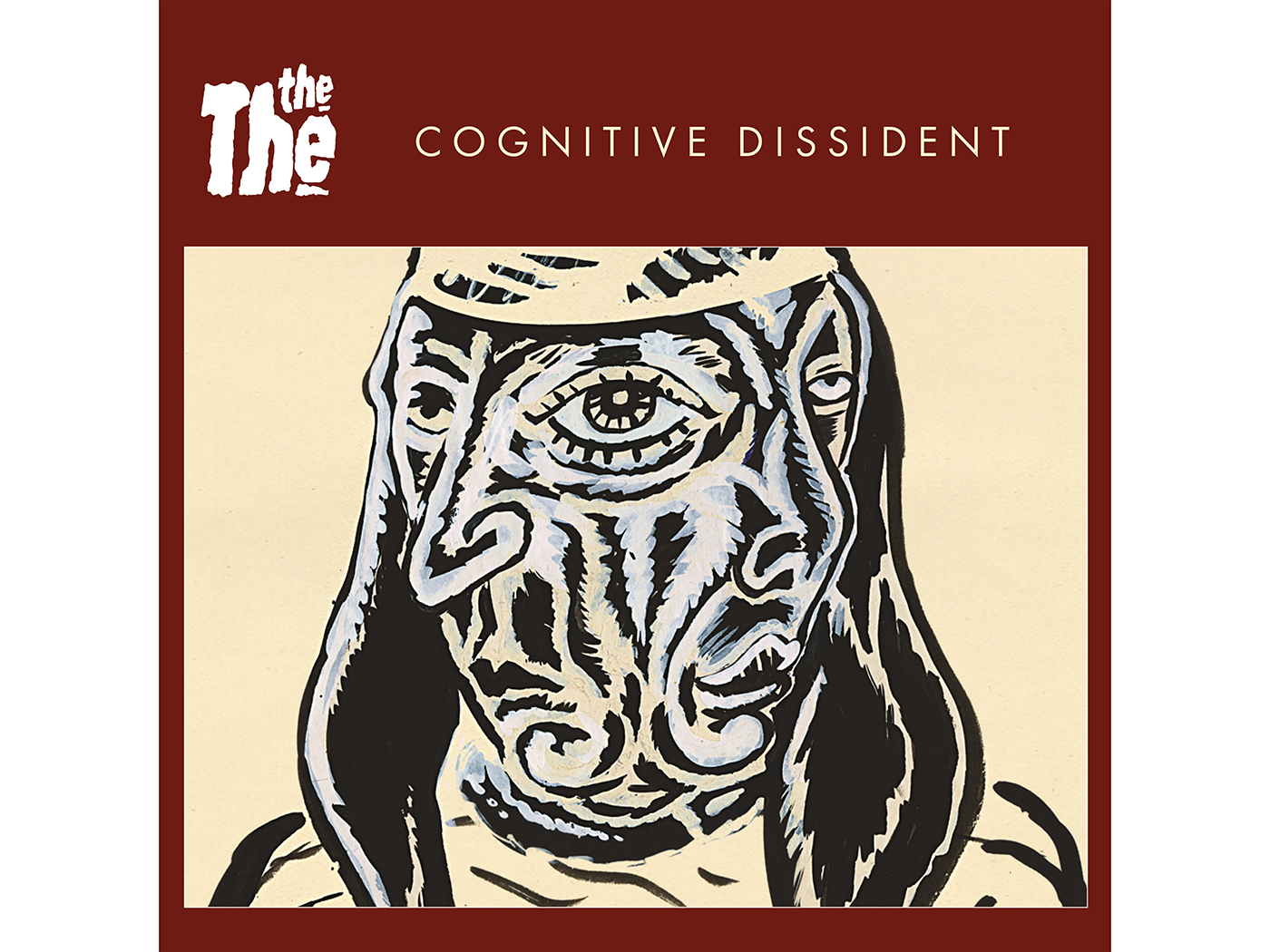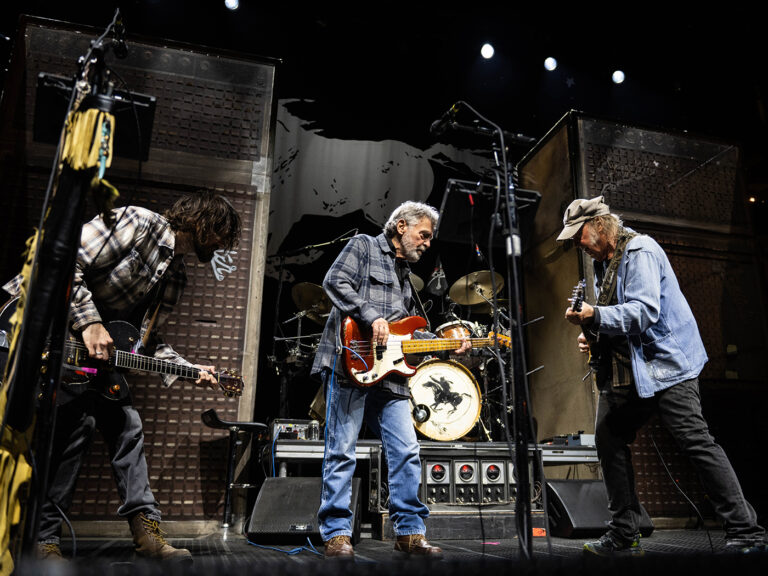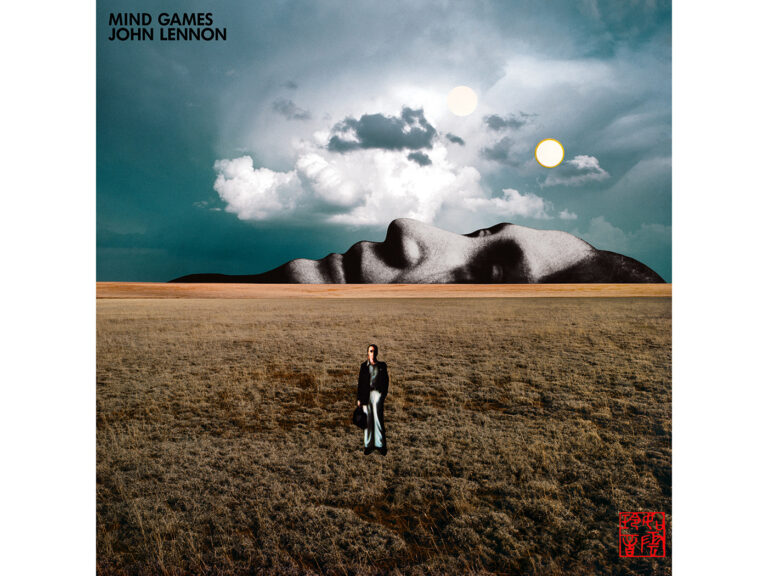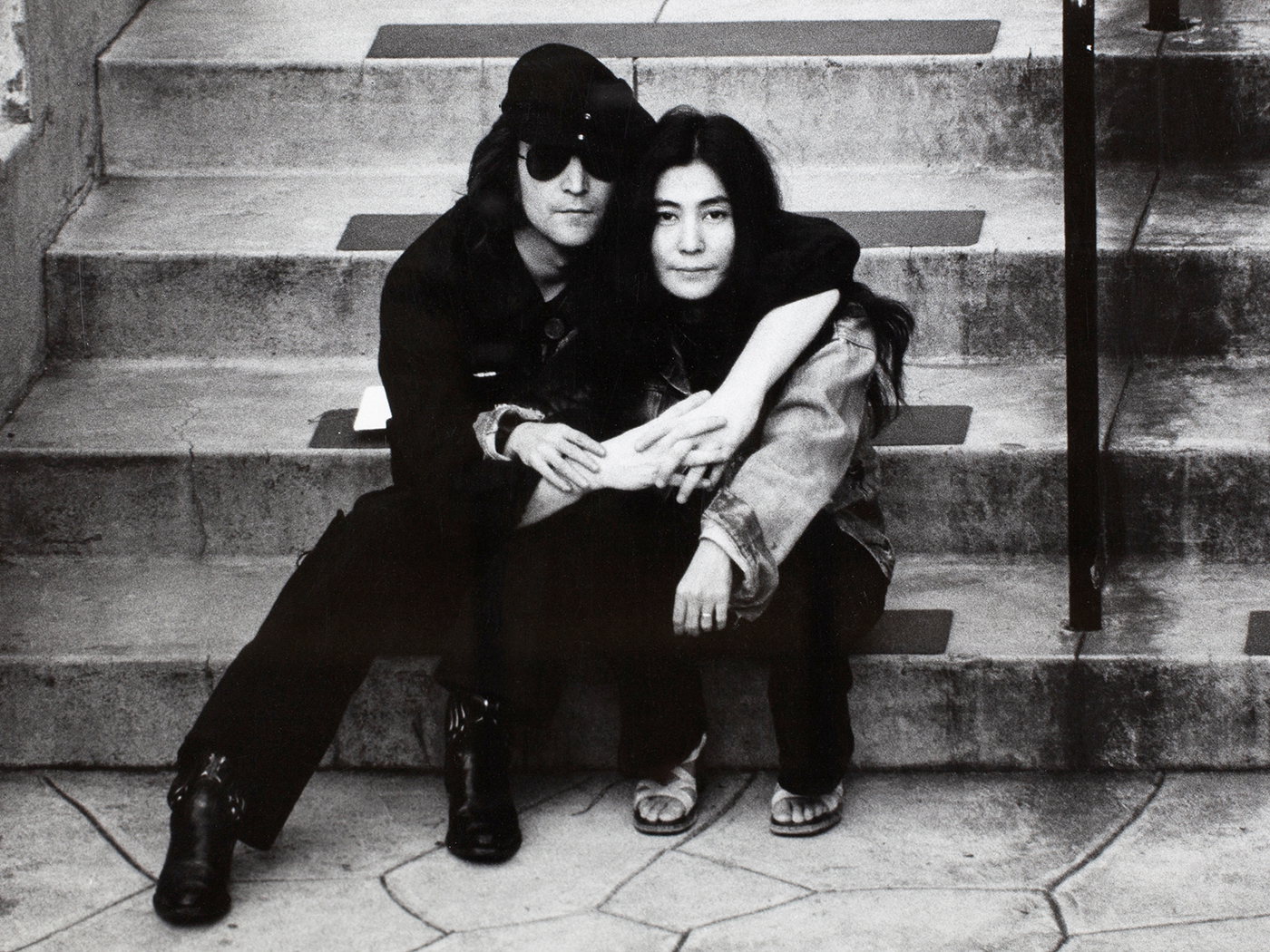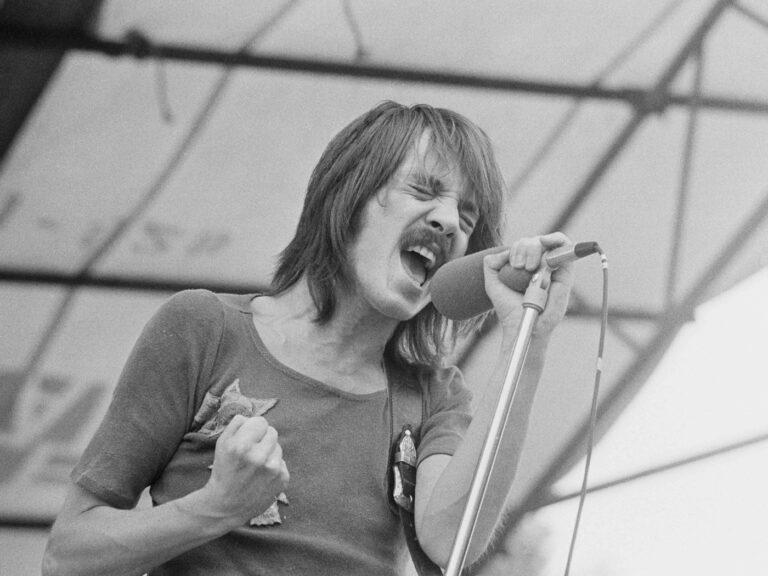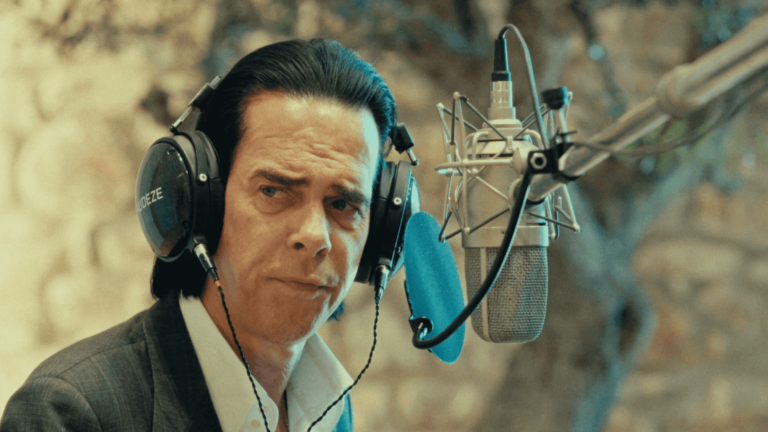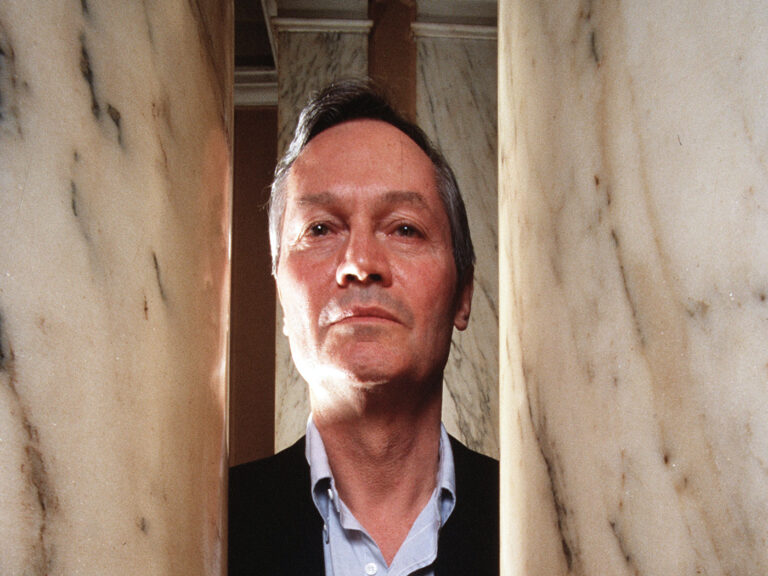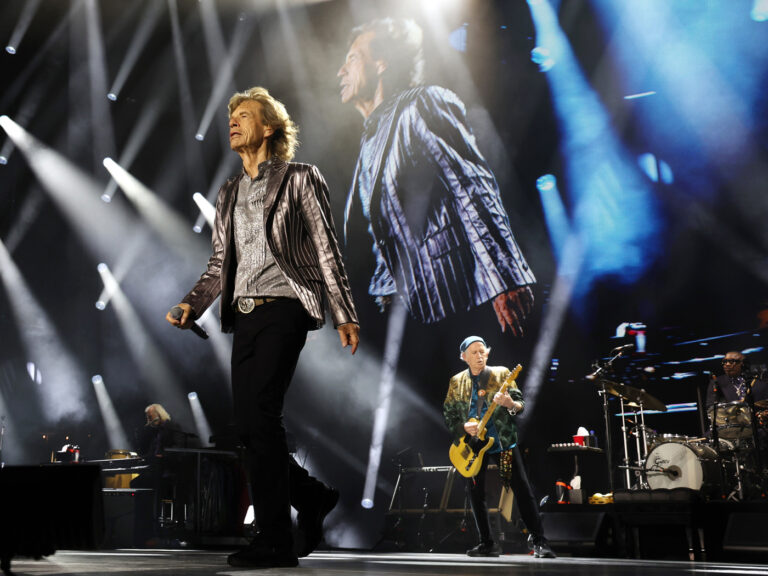Paul Weller talks to Uncut about his new album, 66. Read the full review of the Modfather's latest gem in the new issue of Uncut.
Paul Weller talks to Uncut about his new album, 66. Read the full review of the Modfather’s latest gem in the new issue of Uncut.
Paul Weller is a composer who has always tended to write alone. With The Jam he recorded around 140 songs, all of which – apart from a few covers and a handful of Bruce Foxton originals – were written solely by him. His years with the Style Council might have been full of interesting collaborations and guest vocalists, but nearly all of the 100-plus songs they recorded – some Mick Talbot instrumentals aside – are credited to P Weller, as were his first decade and a half of solo albums.
Since the career rebirth of 22 Dreams in 2008 (an album partly co-written with producer Simon Dine), Weller seems to have gleefully embraced the professional collaboration.
Noel, Bobby Gillespie, Suggs and others help out on the Modfather’s collab-happy birthday LP…
UNCUT: You told Uncut in 2007 that you used to be very self-conscious about co-writing.
PAUL WELLER: Yeah, that would have been after working with Graham Coxon. I think that experience showed me that it could be done without two blokes sitting in a rehearsal studio with acoustic guitars. With me and Graham, we’d send ideas to each other on tapes and CDs, and then rewrite each other’s ideas, slowly coming together. I really like working like that. It showed me that co-writing didn’t have to be that weird, self-conscious thing.
JONI MITCHELL IS ON THE COVER OF THE NEW UNCUT – ORDER YOUR COPY HERE!
Is that how you worked with all the co-writers on 66?
Pretty much. There are a lot of collaborators on this album, but we rarely got together in the same room, we mainly did it over the phone. With Bobby [Gillespie] and Noel [Gallagher], I had a chat with them, sent them a demo for a song, and in both cases, they sent back a finished lyric within a few hours. So those songs were quite instantaneous. One of the problems with collaboration is getting the time – everyone’s got their own things going on, they’re on tour, or doing their own records or whatever. But with the wonders of technology, you can do it really quickly and efficiently.
Dr Robert is probably your oldest collaborator here, isn’t he?
Yeah, we’ve been working together since the early ’90s, or possibly even since the late ’80s, with the Blow Monkeys. He played and sang on my first few solo albums. He has this collaborative project called Monks Road Social, where he’s the producer, working with lots of guest artists. He sent me a backing track and some lyrics, and I re-did the topline and changed some of the words around, which became “Rise Up Singing”. It crept out without anyone noticing. So we worked on it again for this album, replayed it and put an orchestra on it. I think we’ve really done it justice.
Is this long-distance collaboration different to how you co-wrote with your old producers Simon Dine and Jan “Stan” Kybert?
For those albums I co-wrote with both Simon and Stan, they would tend to come with backing tracks, and I’d improvise over them. That was a much more spontaneous, improvisatory way of writing, where I’d sing the first thing that came into my head, something I’ve never done before and not done since. Then we’d work on those improvisations, see what bits worked, take out the bits that didn’t. It really pushed me in different areas. I’m enjoying approaching songwriting in different ways, in my old age! I’ve already proved myself as a writer, but I’m looking to try other methods, looking to work in different ways, write with different people, keep things interesting.
Le SuperHomard will be a bit of a discovery for some of us. How did you get into contact with Christophe Vaillant?
I love the album he put out a few years ago, Meadow Lane Park. Christophe is a multi-instrumentalist and a really talented fella. He did a great remix of “On Sunset” a few years ago, and I suggested we do some stuff together. With him, he sent me some demos and I wrote lyrics and made a few changes, and then he came into my studio to finish them off. I can’t explain it in musical terms, but his songs have that French thing going on. There’s something in the harmonies and the melodies. “My Best Friend’s Coat” is such a French-sounding song. I suppose there are touches of the Style Council’s “A Paris” EP and Cafe Bleu: “Down In The Seine”, “The Paris Match”, all that stuff. My lyrics were trying to tap into that vibe, get into that mindset of strolling down the Champs Elysee, hanging out down by the Seine.
Hannah Peel has become a regular collaborator. What does she bring to your music?
She’s just great at what she does. She doesn’t get in the way, her string arrangements enhance the songs, she has great ideas. She’s rooted in lots of different types of music – as well as the kinda avant-garde orchestral stuff, she’s also really deep into this electronic thing. It’s a really good combination of influences. Everyone should go and see her live – she really puts these things together brilliantly.
Will Suggs be appearing live with you?
It’d be great if he could. We only did that “Ooh Do U Think U R” song once live, that was when he joined me at a little gig in the Chelsea FC bar section. That was great to do live. We’ve become great mates. With him, we tend to write over the phone, then he’d come into the studio to finish things off. He’s a very talented man, probably more talented than he realises. Have you seen his one-man show? He’s very funny. It’s a great bit of theatre!
Is there a unifying theme to the album?
I never think about that, until people suggest them. I tend to just write songs as I go along, and some of them work as part of a larger album, some don’t. I wrote 20 songs since completing Fat Pop in 2021, and my initial idea was to release this as a big, sprawling double album, but it didn’t seem like there was a way that I could get all 20 tracks to hang together in any cohesive way. So I took 12 songs from that 20 and these are the ones that seem to work together. Do you see any linking theme?
There seems to be a move towards communality, togetherness, perhaps even a sense of spirituality.
Yeah, maybe. I think that probably suggests where I am at the moment: that search for spirituality in a world that is increasingly hostile. I don’t mean spiritual in any organised religious way, as that’s often the problem, but I do think the world has lost its way. I’m talking more of a spiritual connection with the planet and what we’re doing with it. We seem rudderless. Suggs’s lyrics on “Ship Of Fools” refers to that, it’s having a bit of a dig at the sense of corruption and cronyism under Boris Johnson and the rest of the Conservative Party. And there is definitely a sense of reaction against lockdown, a desire for unity and connection: Erland Cooper’s lyric on “Burn Out” is filled with references to that, like that weird government directive under Covid that creative people should all retrain as bricklayers or whatever. Remember that? What a load of bollocks that was!
For more 66 goodness, check out The Paul Weller Fan Podcast
When you purchase through links on our site, we may earn an affiliate commission. Here’s how it works.


